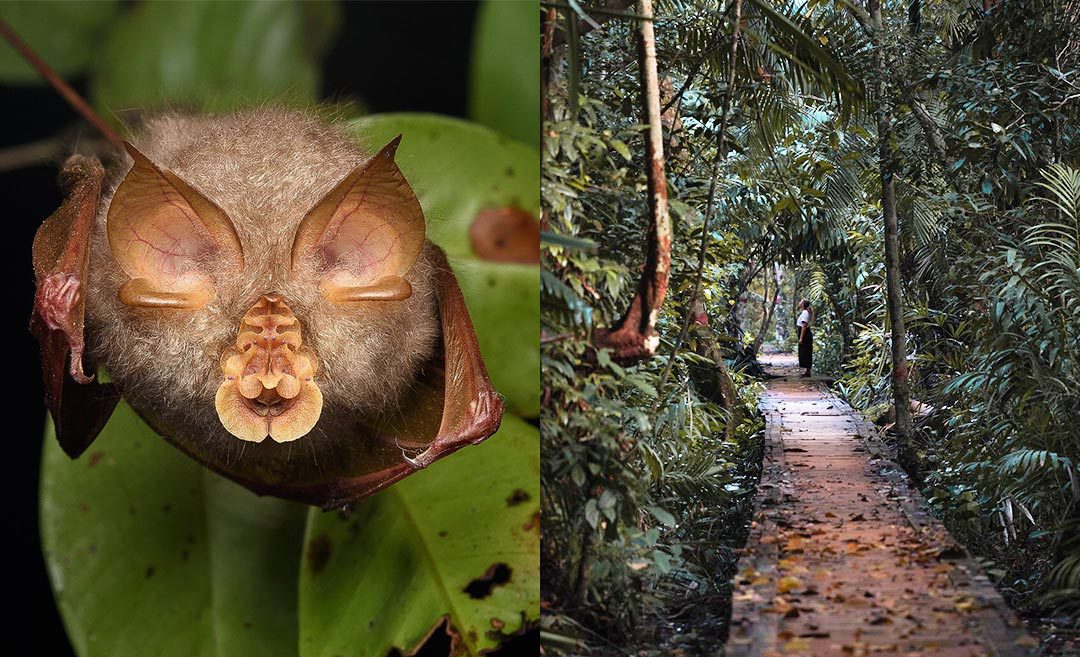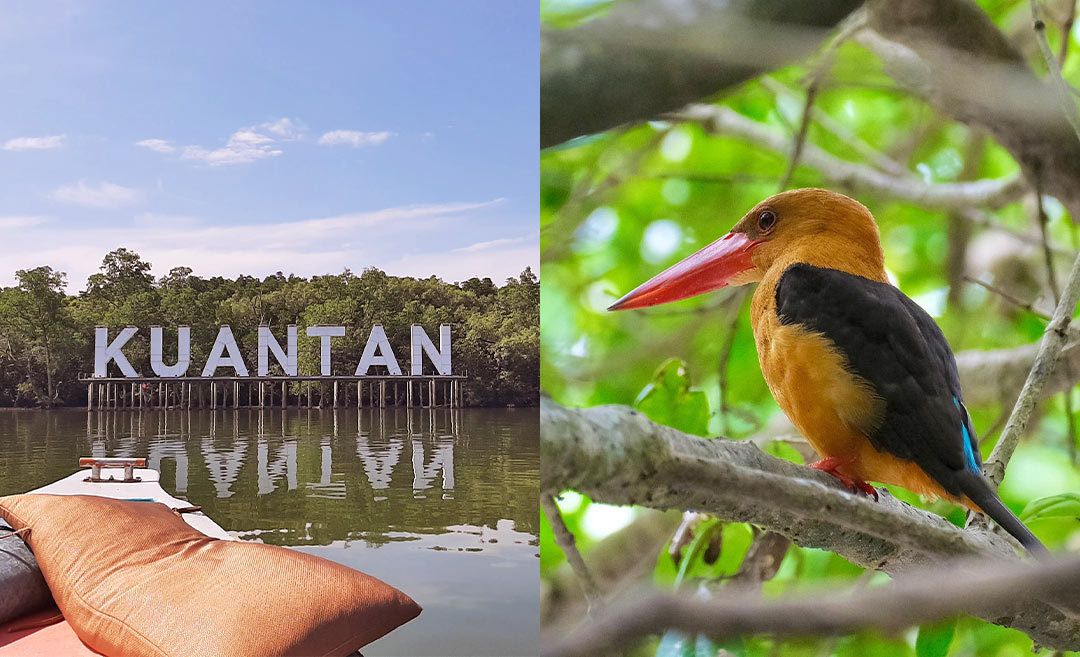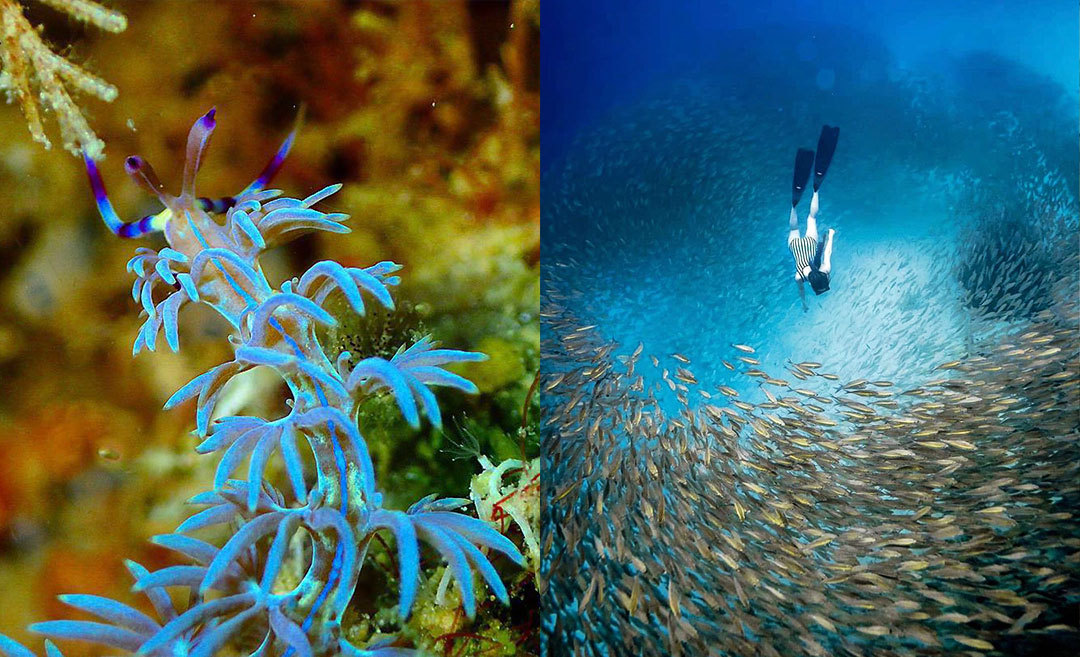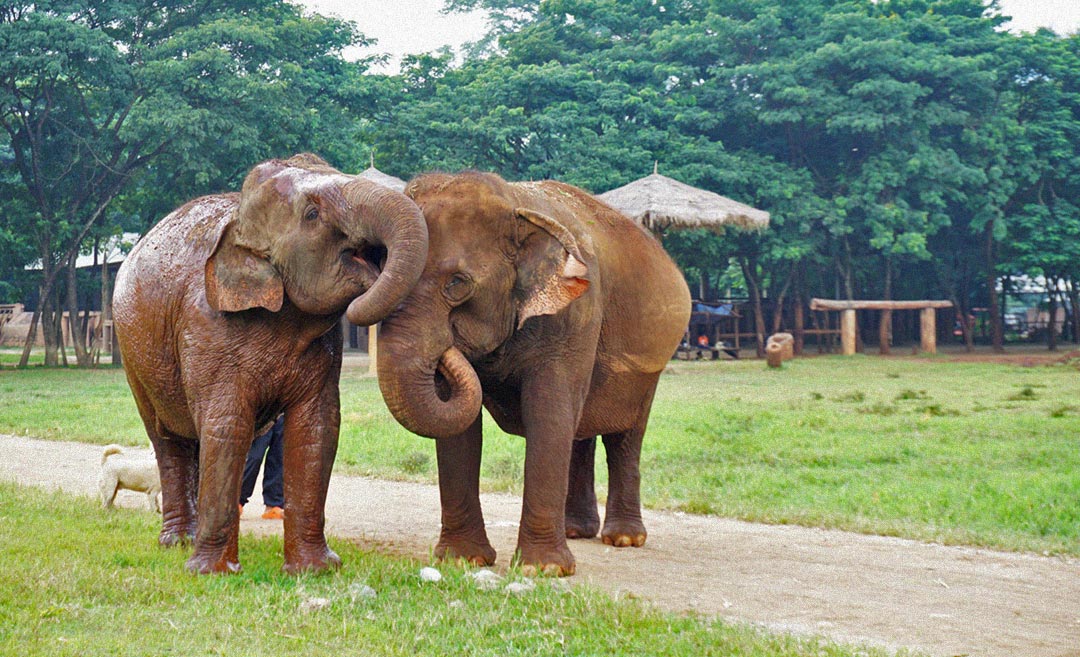The growing interest in environmentally-friendly tourism has brought about a healthy change in our country. With many hotels prioritising restoration, nurturing, and maintaining the natural ecosystem of the land they are in, there have been more sightings of wildlife in places they have not been seen in for many years.
This is not to say that our job is done when we’ve only scratched the surface of environmental restoration. Excessive logging, hunting, and developing hills and coastal lands are still issues that threaten the future of our local wildlife. While there is still much to do in an effort for good change, wildlife tourism has found its place in the hearts of many Malaysians and travellers around the world.
Perhaps witnessing animals in their element is one way to educate and encourage us to protect what we have so we don’t lose them forever.
1. Danum Valley Conservation Area, Sabah
The Danum Valley Conservation Area is a 130 million-year-old rainforest in Sabah. Commonly known as North Borneo, Sabah holds some of the world’s most complex ecosystems within its forest reserves. So, you might chance upon a few rare beastlings here. Situated in a remote location, the forest is a paradise for nature lovers and naturalists hoping to see a few animals.
The Sunda Clouded Leopard has been spotted a handful of times in the forest, and also a few sightings of the Bornean pygmy elephant. Orangutans, gibbons, hornbills, Red Leaf monkeys, and the Malayan sun bear make their home in the Danum Valley and would be a privilege to encounter. Book a guided private or group tour of six to eight people to explore the best of the area and everything concealed within its forest charms.
2. Tioman Island, Pahang
If we could experience Ariel’s world in reality, we would choose to be on Tioman Island due to its availability of diving and snorkelling trips throughout the year. Off the coast of Mersing, Johor, the island was gazetted as a protected area in the 1970s. Sea turtles, whale sharks, stingrays, dolphins, and the most colourful variety of fishes find refuge in the crystal clear waters here.
The island is home to locals who are proud of their preserved wonder and are always happy to share their knowledge with tourists from all over the world. You can either book a snorkelling trip to the offshore islands or rent the gear and explore the waters and creatures on Tioman Island on your own. Divers get a chance to discover the very best of the waters here, with many choosing to dive at night when the underwater world comes alive.
3. Bako National Park, Sarawak
A trip to Sarawak’s Bako National Park doesn’t require a guide as it’s relatively easy to get around with clear signage and designated trails in different park areas. But we always recommend a local guide to get the most out of your experience and ensure your and your party’s safety.
You can hire a guide at the Bako Jetty or book a two-day tour in advance, which includes spending a night at the park. If you’re only planning a day trip, the park’s entrance fee is RM20 per adult and RM7 for children.
The park is great to discover Sarawak’s wildlife as you trek the jungle trails and mangrove boardwalks, and gaze at the ocean. There are several beaches where visitors were formerly allowed to swim freely, but with recent crocodile sightings, that’s no longer an option.
While the large number of crocodiles in the park are said not to pose a threat to people unless they are nesting, it’s crucial to be cautious and respectful of your surroundings at all times. The park’s rich diversity, stunning limestone structures, and cascading waterfalls are definitely worth the trip.
4. Dusun River Wildlife Conservation Centre, Selangor
The Dusun River Wildlife Conservation Centre is home to some of Malaysia’s most precious creatures, including the Malayan tapir and Gharial crocodiles. Entirely distinct, these animals are in critical danger of extinction. The centre is not open to the general public as it does act as a rehabilitation centre and aims to keep the animals at ease by minimising human contact.
A visit here would be more for educational and awareness purposes, and will require you to write to The Department of Wildlife and National Parks of Peninsular Malaysia (PERHILITAN) requesting permission to visit the centre.
For more information, contact the centre’s office at 03-6046 2400.
5. Kinabatangan River, Sabah
The Kinabatangan River in Sandakan, Sabah, is the second longest river in Malaysia starting in the mountains of Sabah and making its way into the Sulu Sea. The river is rich in wildlife, and there is plenty to spot, such as the famous Proboscis monkey, the pygmy elephants, storm storks, rhinoceros hornbill, saltwater crocodiles, snakes, gibbons, macaques, otters, civet cats, and many more.
The pygmy elephants have been spotted by a few lucky visitors, as they’re often found grazing by the edge of the river. Booking a four-day excursion of the Sepilok Wildlife Tour includes a River Cruise Experience on the Kinabatangan River, where you might see some of these creatures for yourselves. It also includes a trip to the Sepilok Orang Utan Rehabilitation Centre and a visit to the world’s smallest bear, the Malayan sun bear.
6. Langkawi Island, Kedah
Langkawi is perhaps one of Malaysia’s most recognisable UNESCO Global Geopark. It’s also known for its brown eagles, the Brahminy Kites. But the island offers so much more wildlife, with diverse land and seascapes to explore. Gua Kelawar, which literally translates to ‘bat cave’, is located at the heart of the Kilim mangrove swamps within the Kisap Forest Reserve.
Named after its fruit and insect-eating residents, visitors are welcome to a guided walk into the cave to witness thousands of bats clinging to the chamber. This is one of many caves on the island that can be explored with a guide, including Gua Buaya, Gua Pinanag, and Gua Landak — also known as The Cave Of Porcupines, home to the Malayan Porcupine.
A drive around the island will have you running into its tree-climbing residents, such as the langur (Dusky Leaf Monkey), slow loris, and crab-eating macaques, which are commonly spotted all over the country.
7. Redang Island, Chagar Hutang Turtle Sanctuary
There’s nowhere better to get up and close with local wildlife than at one of the smaller Malaysian islands. Crystal-clear blue waters make it easy to spot and swim amongst these creatures. Travelling with a local guide will give you a better sense of where to look and how to conduct yourself while swimming in a territory that belongs to our beloved animals.
The green turtles and Hawksbill turtles are most commonly spotted in the seas of Redang, while leatherback turtles are a rare sight these days. You can even opt to volunteer on the island’s turtle sanctuary. Other common sightings include parrot fish, angel fish, blacktip reef sharks, and eagle rays.
Tours are widely available for experienced and new divers to explore, and there are family-friendly snorkelling trips so your kids can enjoy the fun too. It’s a great way to teach them to respect and care for wild animals while young.




